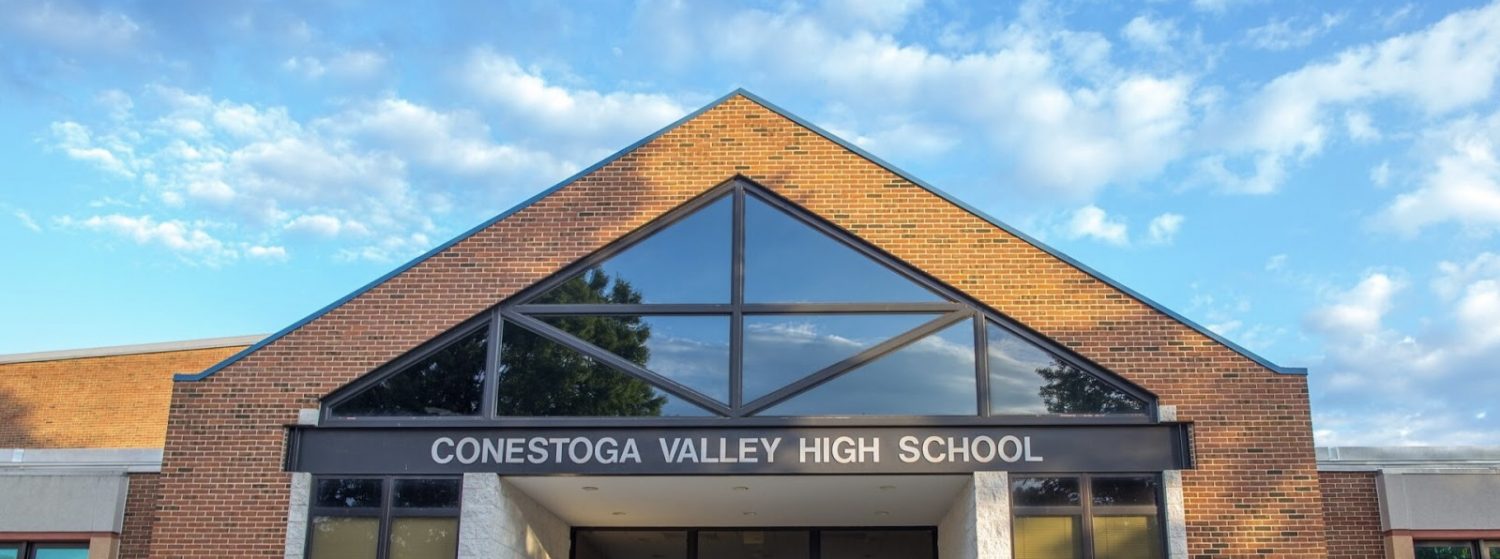By Alison Harner ‘24
In the 1950’s, a community in central Palm Springs, California known as section 14 was a place that many called home. However, into the 1960’s, the neighborhood became a victim of the government’s attempts to clear away the “eyesore” buildings to make way for more lucrative structures and businesses in the hopes to increase tourist revenue. All of the people living in the community, including close to 1,000 Black and Latino families, were forced to leave their homes, receiving no compensation. Pearl Taylor Devers, a child at the time her family was evicted, remembers being able to see fire and smell smoke from where her childhood home and the homes of her neighbors were being set on fire in controlled burns.
Today, the neighborhood still sits as an empty lot; the city never built anything in its place. Not only did the city split up a tight-knit and safe community of people in a world where neighborhoods were extremely segregated by race, but they destroyed generational wealth that had been building up within these families. Today, amidst a growing awareness of racist land grabs, survivors of the section 14 burnings and their descendants are seeking over $2 billion in reparations. The group’s attorney explained that, by destroying these families’ homes, the city not only cost them generational wealth, businesses, and stability, it also lost them the opportunity to grow alongside the booming business and culture in the city. The city formally apologized to the survivors in 2021, and a reparations contract is expected to be awarded sometime this month. This is only one case in which the unfairness of racist land grabs are unfair and destructive, of which there are countless examples throughout US history.
